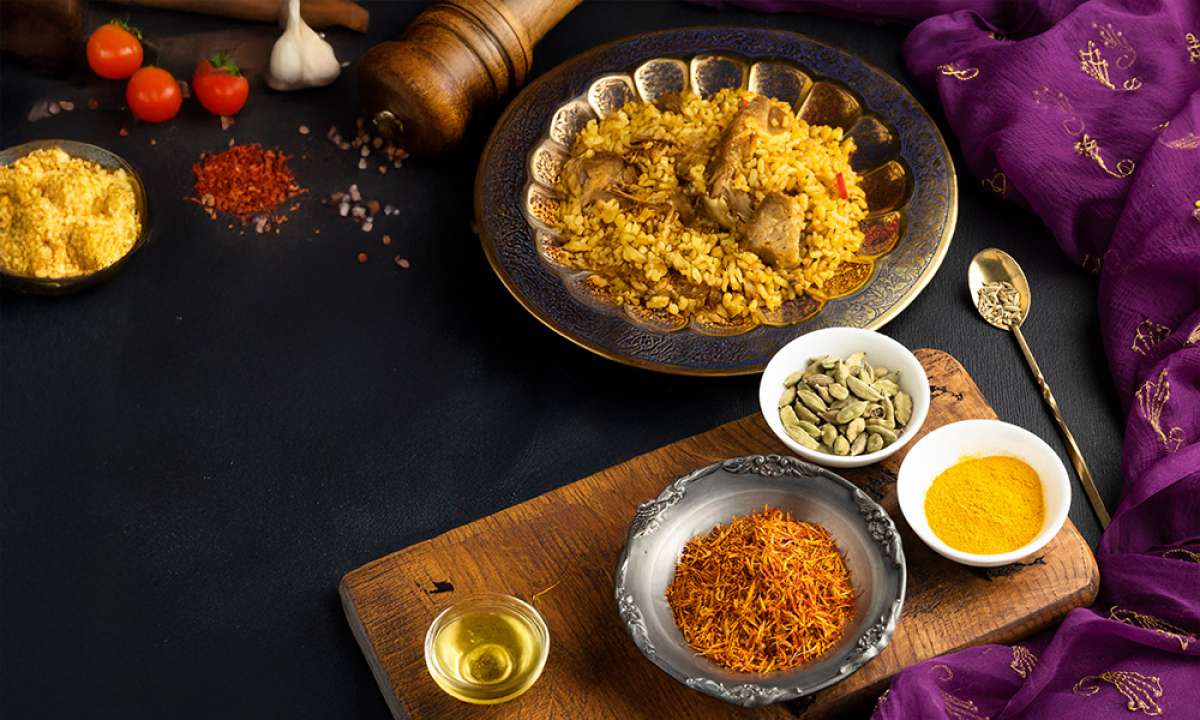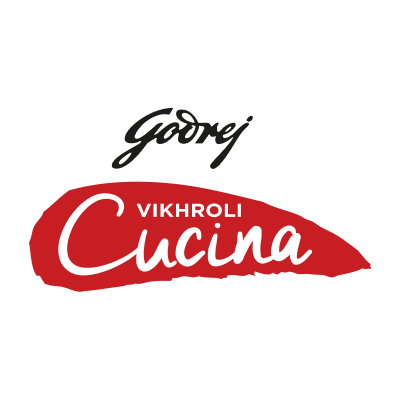
Spring special: 4 yellow recipes to brighten your table
As Coldplay sings, “Look at the stars, look how they shine for you…” — let these yellow delights shine for your spring celebrations!

As winter melts into spring, nature wears a golden cloak—mustard fields bloom, marigolds shine, and the sun glows brighter. In India, this transition is celebrated with festivals like Holi and Vasant Panchami, where yellow signifies prosperity, renewal, and the warmth of new beginnings. What better way to honour the season than with yellow-themed dishes that carry centuries of history, culture, and flavour? Let’s cook up sunshine on a plate:
Kesari halwa
A staple in South Indian festivals and temple offerings, Kesari Halwa (or Kesari Bath) is a fragrant semolina pudding with saffron (kesar). Its origins trace back to Mysore’s royal kitchens, where saffron—a luxury spice—was used to signify luxury. The dish’s vibrant shade mirrors the blossoming turmeric flowers of spring, while cardamom and ghee add warmth. Serve it hot, garnished with nuts, and let its sweetness remind you of life’s simple joys.
Fun fact: In Karnataka, Kesari Halwa is a must during Ugadi (New Year), symbolic of hope and the sweetness of life.
Turmeric rice
Turmeric (haldi) isn’t just a spice in India—it’s a sacred symbol of purity and healing. This bright yellow Turmeric Rice combines aromatic basmati with earthy turmeric, tempered with mustard seeds, curry leaves, and peanuts. Historically, turmeric was used in Ayurveda for its anti-inflammatory properties, and its golden colour is tied to rituals like Haldi ceremonies in weddings, where it blesses couples with prosperity.
Pro tip: Pair it with Godrej Jersey rich curd or tangy mango pickle for a spring picnic!
Shrikhand
Creamy, saffron-streaked Shrikhand is a chilled yoghurt dessert from Gujarat and Maharashtra, often served during Maharashtrian New Year (Gudi Padwa). Made of hung curd sweetened with sugar and infused with cardamom and kesar, its yellow tint comes from saffron, a spice historically traded along the Silk Road.
Fun fact: Ancient texts mention Shikarini, a similar dish relished by royalty in the 12th century!
Kesar badam mastani
A decadent milkshake from Pune, Kesar Badam Mastani is named after Mastani, the warrior-queen and beloved of Peshwa Bajirao. Thick, creamy, and loaded with saffron, almonds, and dry fruits, it’s served with a scoop of ice cream. The yellow here isn’t just visual—it’s a nod to saffron’s regal legacy in Mughal and Maratha cuisine. Sip this indulgent drink while soaking in spring’s warmth!
Pro tip: Instead of regular ice cream, try using Godrej Jersey butterscotch ice cream for an extra touch of richness and flavour.
Which dish will you try first? Let us know in the comments.
Tags
0 Comment
You may also like
-
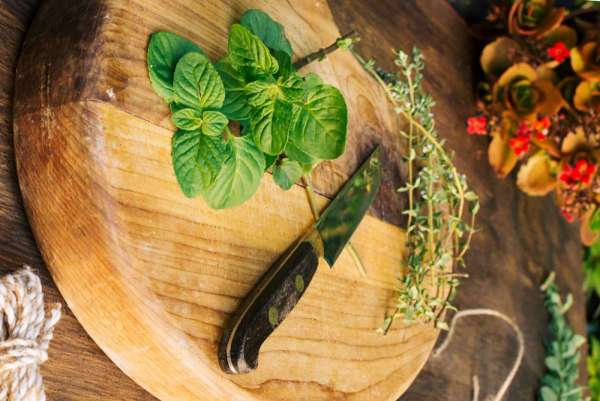
Kitchen stories A Forager's Guide to India: Discovering Edible Wild Plants
by Vikhroli Cucina
-
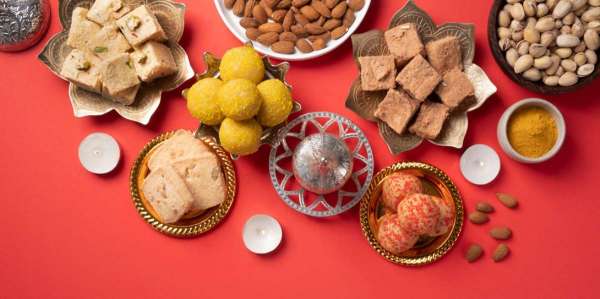
Kitchen stories Beyond Til gul: Exploring the regional flavours of Makar Sankranti
by Vikhroli Cucina
-
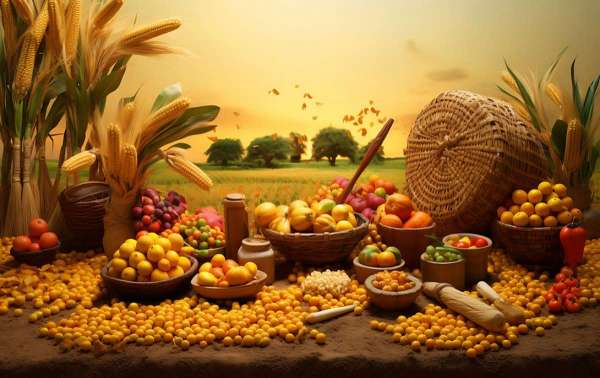
Kitchen stories Lohri flavours: A taste of Punjab's festive spirit
by Vikhroli Cucina
-
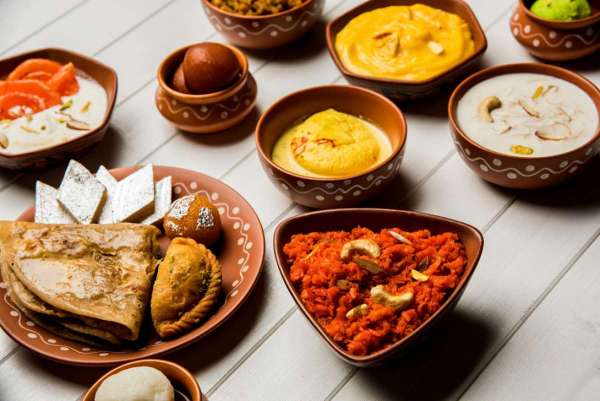
Kitchen stories Harvest on Your Plate – Celebrate the Flavours of Sankranti, Pongal & Bihu
by Vikhroli Cucina

